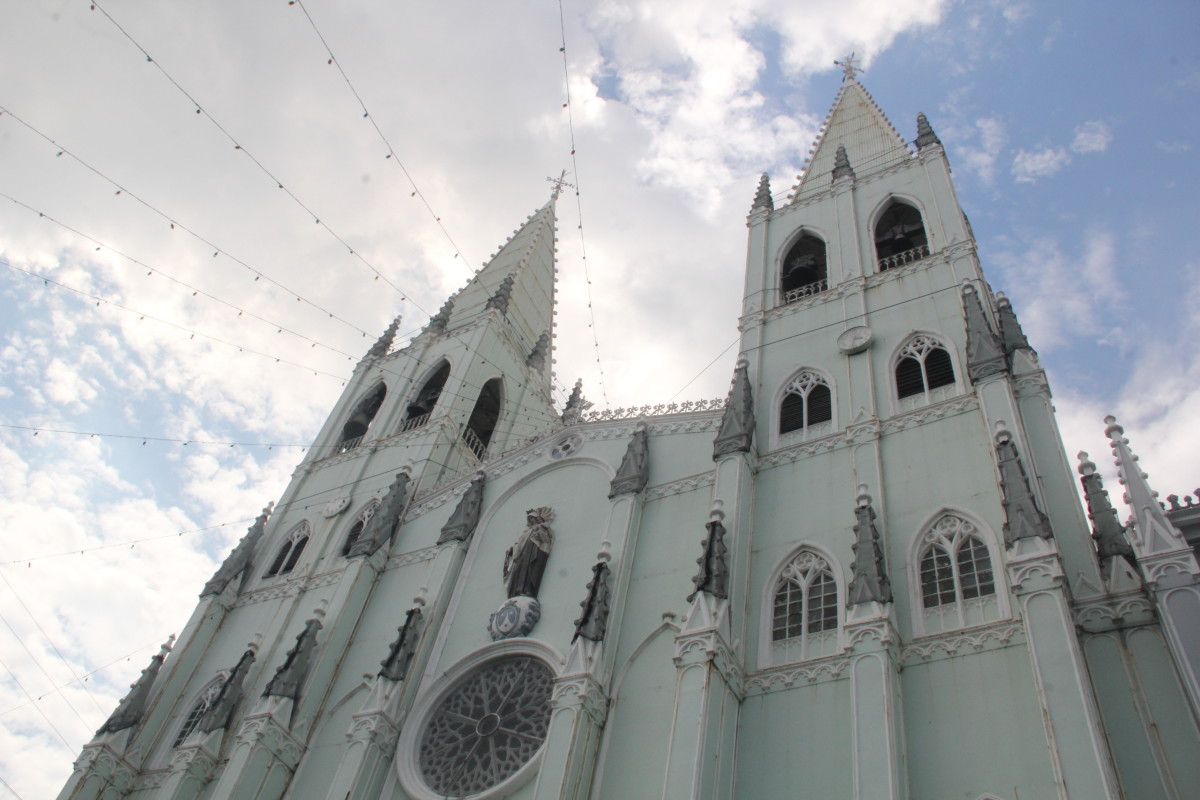Fukushima
After the tragic events of the earthquake and subsequent tsunami in Japan, the main focus of the news there is on Fukushima and its’ nuclear plant.
Much has been written on this so I am not going to write about the actual nuclear plant itself, but thought it would be interesting to take a look at Fukushima itself and the life of the people who lived there.
Fukushima is in the region of Tohoku on the West side of Japan, which felt the full force of the tsunami, and has a population of around 300,000. It’s industry depends largely on fishing and the seafood industry in general, a fact that will make it all the more difficult to rebuild this town as there will inevitably be concerns about the safety of food fished there.
Other than the fishing industry and of course, the nuclear plant, its main industry has been software and electronics.
Fukushima is also well known for its noodles and also has architecturally interesting buildings in its well preserved traditional storehouse and also has a number of thatched buildings from the Edo period.
There are many things there to attract the tourist, one of which are the many hot springs.
In 1993 Fukushima airport was opened to allow more tourists to visit, especially from the capital, Tokyo, although Fukushima can also be reached quite easily by train from Tokyo, a journey which takes around 3 ½ hours.
Fukushima lies in a basin and has average temperatures ranging from 12 to 14 degrees with significant differences in seasonal temperatures. Rainfall is heavy in June but much lighter in February.
Because of its climate, Fukushima is a big producer of fruit, producing many peaches, pears and apples along with its speciality citrus fruit ‘yuzu’
There are also many traditional crafts there, including the Kokeshi doll which are popular with collectors throughout Japan.
Sadly, it may be many years before Fukushima can return to its former beauty but hopefully, this short piece will remind people that it was once a beautiful thriving city and not as it is better known now, simply as a disaster area.



